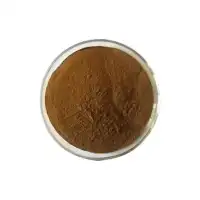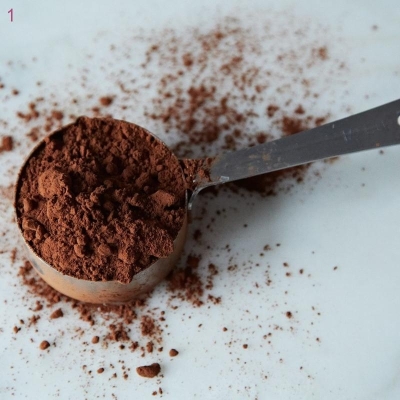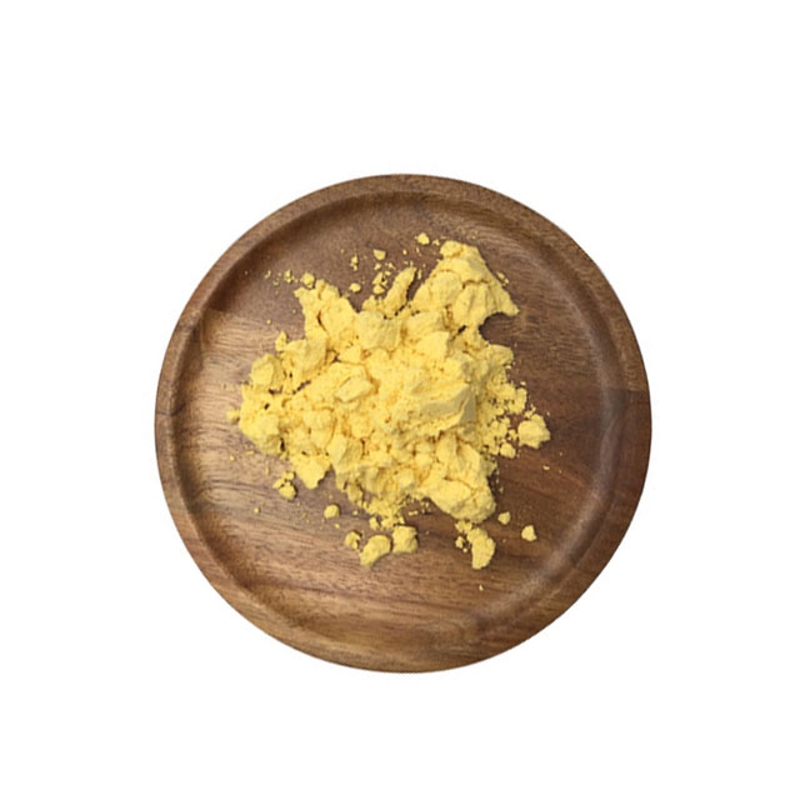-
Categories
-
Pharmaceutical Intermediates
-
Active Pharmaceutical Ingredients
-
Food Additives
- Industrial Coatings
- Agrochemicals
- Dyes and Pigments
- Surfactant
- Flavors and Fragrances
- Chemical Reagents
- Catalyst and Auxiliary
- Natural Products
- Inorganic Chemistry
-
Organic Chemistry
-
Biochemical Engineering
- Analytical Chemistry
- Cosmetic Ingredient
-
Pharmaceutical Intermediates
Promotion
ECHEMI Mall
Wholesale
Weekly Price
Exhibition
News
-
Trade Service
Bromosulfalein is an organic anion dye used in the study of a variety of membrane carriers expressed in animal tissues and involved in transport of drugs and metabolites. The spectrophotometric assay of electrogenic bromosulfalein transport in membrane vesicles, isolated from various mammalian organs or tissues, enables to specifically measure the transport activity of bilitranslocase (TCDB 2.A.65.1.1). The latter is a bilirubin- and flavonoid-specific transporter expressed in rat liver, the organ where its function has been best characterized. The spectrophotometric assay of electrogenic bromosulfalein transport requires minimal volumes of membrane vesicles, is completed within 1 min, and, therefore, is a useful tool to screen the transporter spectrum of potential substrates, by testing them as reversible inhibitors of bromosulfalein transport kinetics. Furthermore, the assay enables to study the progress of time-dependent inactivation of bromosulfalein transport, caused by different protein-specific reagents, including specific anti-sequence antibodies. Inactivation can be retarded by the presence of substrates in a concentration-dependent manner, enabling to derive the dissociation constants of the transporter–substrate complex and thus to gain further insight into the transporter structure–function relationship. This assay, implemented in membrane vesicles isolated from plant organs, has paved the way to the discovery of homologues of bilitranslocase in plants.







